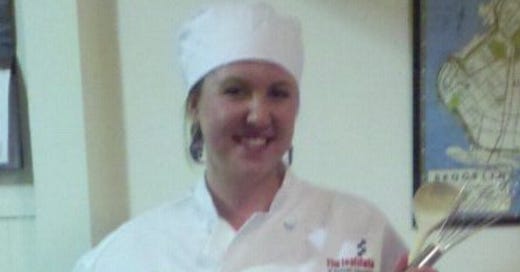In September 2011, I earned my Professional Culinary diploma from The Institute of Culinary Education (ICE) in New York City. Since then, I’ve worn many hats in the food industry: cooking class instructor, video producer, food stylist, and most recently, content director at Williams Sonoma. Fortunately, I’ve always looked good in hats!
Over the years, I’…
Keep reading with a 7-day free trial
Subscribe to On Cooking to keep reading this post and get 7 days of free access to the full post archives.




